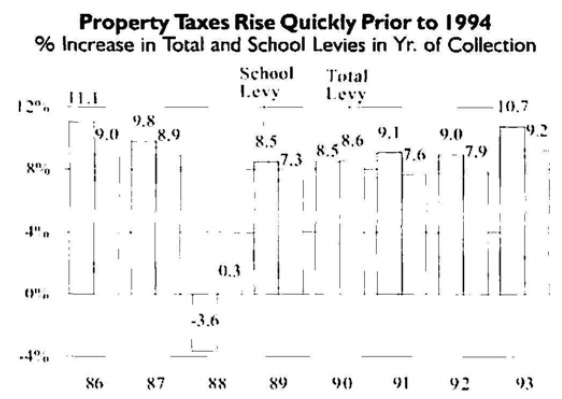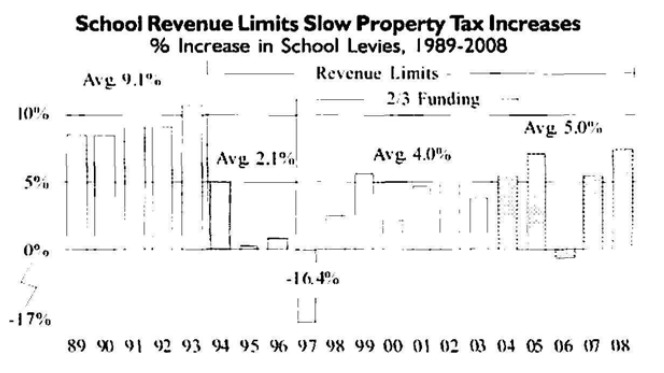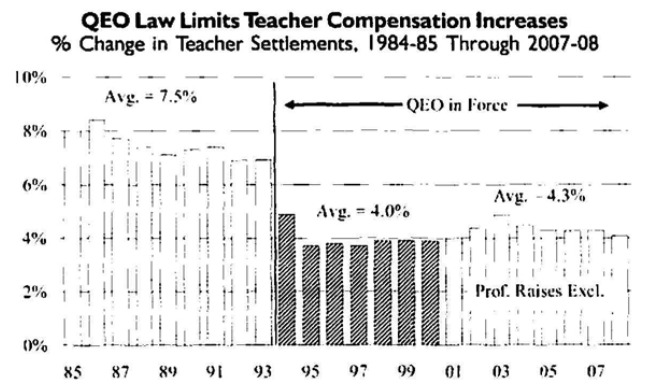The Concord Review
22 September 2009
For the last seven or eight years, I have been trying to get funding for a study of the assignment of complete nonfiction (i.e. history) books in U.S. public high schools. No one seems to be interested in such a study, but I have come to believe, from anecdotes and interviews, that the majority of our public high school students now graduate without ever having read a single complete nonfiction book, which would seem to be a handicap for them as they encounter college reading lists in subjects other than literature.
I am told that students in history classes do read excerpts, but those are a pale shadow of the complete work, and they do not discover, unless they read on their own, the difference between an excerpt and the sweep of an entire book.
For example, if high school students hear anything about Harry Truman, they are usually asked to decide whether his decision to drop the atomic bomb was right or wrong.
They miss anything about what he did when he was their age or younger. David McCullough worked on his Pulitzer-Prize-winning Truman for ten years, and here is an excerpt about HST when he was ten:
“For his tenth birthday, in the spring of 1894, his mother presented him with a set of large illustrated volumes grandly titled in gold leaf Great Men and Famous Women. He would later count the moment as one of life’s turning points.” p. 43
and in high school: “He grew dutifully, conspicuously studious, spending long afternoons in the town library, watched over by a white plaster bust of Ben Franklin. Housed in two rooms adjacent to the high school, the library contained perhaps two thousand volumes. Harry and Charlie Ross vowed to read all of them, encyclopedias included, and both later claimed to have succeeded…History became a passion, as he worked his way through a shelf of standard works on ancient Egypt, Greece, and Rome…’Reading history, to me, was far more than a romantic adventure. It was solid instruction and wise teaching which I somehow felt I wanted and needed.’ He decided, he said, that men make history, otherwise there would be no history. History did not make the man, he was quite certain.” p. 58
Most of our high school students would have no idea that Harry Truman worked on the small family farm from 1906 to 1914:
“Harry learned to drive an Emerson gang plow, two plows on a three-wheeled frame pulled by four horses. The trick was to see that each horse pulled his part of the load. With an early start, he found, he could do five acres in a ten-hour day”….”Every day was work, never-ending work, and Harry did ‘everything there was to do’–hoeing corn and potatoes in the burning heat of summer, haying, doctoring horses, repairing equipment, sharpening hoes and scythes, mending fences…Harry’s ‘real love’ was the hogs, which he gave such names as ‘Mud,’ ‘Rats,’ and ‘Carrie Nation.’ Harry also kept the books….” pp. 74, 75
Perhaps this time on the farm toughed him for his job as commander of artillery Battery ‘D’ in World War I: “Harry called in the other noncommissioned officers and told them it was up to them to straighten things out. ‘I didn’t come here to get along with you,’ he said. ‘You’ve got to get along with me. And if there of you who can’t, speak up right now, and I’ll bust you right back now.’ There was no mistaking his tone. No one doubted he meant exactly what he said. After that, as Harry remembered, ‘We got along.’ But a private named Floyd Ricketts also remembered the food improving noticeably and that Captain Truman took a personal interest in the men and would talk to them in a way most officers wouldn’t.” pp. 117-118
And in the United States Senate, investigating waste, fraud and abuse: “Its formal title was the Senate Special Committee to Investigate the National Defense Program, but from the start it was spoken of almost exclusively as the Truman Committee…’Looks like I’ll get something done,’ Harry wrote to Bess.”…”His proposal, as even his critics acknowledged, was a masterstroke. He had set himself a task fraught with risk–since inevitably it would lead to conflict with some of the most powerful, willful people in the capital, including the President–but again as in France, as so often in his life, the great thing was to prove equal to the task.” p. 259
All of these quotes are from David McCullough’s Truman, New York: Simon & Schuster, 1992. The book is 992 pages long and there are some other great ‘excerpts’ in it, of course. My point is to show a bit of how much our high school students might miss in trying to understand the man who made the decision to drop the atomic bomb if they don’t read the whole book. Some will say 992 pages is too much for high school students, who have work and sports and extracurricular activities as well as 5-6 hours a day of electronic entertainment already. I would just argue that if students now can take calculus and chemistry, and in some cases, even Chinese, they ought to be able to spend as much time on a complete nonfiction book as they do at football or basketball practice, even if their reading of a complete book is spread out over several weeks. Reading a complete nonfiction (history) book will not only help to prepare them for college (nonfiction) reading lists, it will also give them a more complete glimpse into one of our Presidents, and after reading, for example, Truman, they should have a better understanding of why someone like David McCullough thought writing it was worth ten years of his life, and why the Pulitzer committee thought it should receive their prize.
“Teach by Example”
Will Fitzhugh [founder]
Consortium for Varsity Academics® [2007]
The Concord Review [1987]
Ralph Waldo Emerson Prizes [1995]
National Writing Board [1998]
TCR Institute [2002]
730 Boston Post Road, Suite 24
Sudbury, Massachusetts 01776 USA
978-443-0022; 800-331-5007
www.tcr.org; fitzhugh@tcr.org
Varsity Academics®


